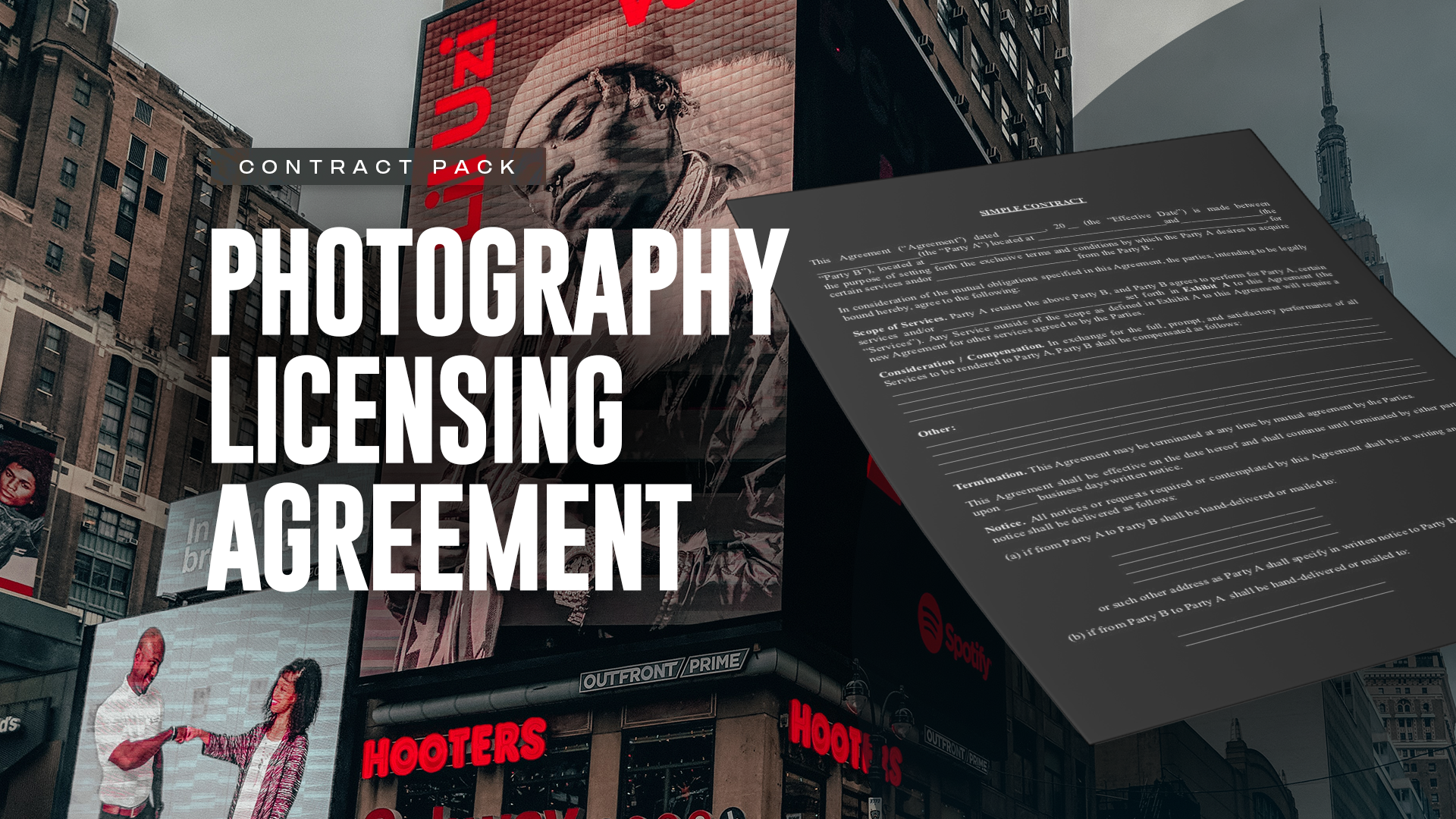Getting Your Worth: A Guide to Licensing Fees in Photograph
What is a Licensing Fee?
A licensing fee is a charge for the use of a photographer's images by a third party, such as a publication. This fee is essential because it recognizes the value of the photographer's work and ensures they are compensated fairly when their images are used outside of the original agreement with a client.
Why is a Licensing Fee Needed?
As a photographer, you may find yourself in a situation where a publication requests to use your images. At first, it may seem flattering, but without a proper licensing agreement, you could end up missing out on deserved compensation. The fee acknowledges the monetary value of your work and provides a revenue stream beyond the initial client engagement.
With the rise of social media and an increase in new photographers entering the industry, it can often feel like photographs have more value than ever, yet are valued less. Publications, especially smaller ones or online magazines, often request to use photos in exchange for only a credit line. However, these publications make money from subscriptions and advertisements, and your photos are a significant factor in driving views and circulation. Therefore, you must ensure that you're charging for your work to be licensed1.
How to Determine What You Should Be Charging
To figure out what to charge, you need to equip yourself with information. Start by doing some research on the publication interested in using your images. Many publications have a "Press Kit" or "Advertising" link on their website that provides insight into the size of their readership and what they charge for advertisements. This knowledge can help you understand the scale of distribution and gauge their budget1.
When a publication requests to use your images, ask about their normal fee structure for supplied photography. If they don't have one, suggest a per image rate based on what similar magazines or outlets have or currently pay for usage. If you're dealing with smaller publications that have limited budgets, ask as many questions as possible to understand the reach of the publication, how many runs it will have, and how long it will be in circulation. If it's online, ascertain how many viewers will see it1.
Why You Should Have a Contract
A contract is critical to define the terms of your licensing agreement. It ensures both parties are clear about the rights and obligations involved, including how the images can be used, the duration of the license, and the licensing fee. Without a contract, misunderstandings can arise, and you may find it challenging to enforce your rights.
In conclusion,
while licensing fees can seem complicated, they are an essential part of the photography business. They ensure you get fair compensation for your work and establish clear expectations with your clients.
Unfortunately, I wasn't able to retrieve specific pricing guidelines due to technical difficulties, but rest assured, there are resources available online that provide suggested usage fees based on the size, reach, and type of publication.
The right licensing fees for your photography are those that reflect the value of your work and the context in which it's used. Therefore, whenever you're asked for permission to use your photos, remember to charge the appropriate licensing fees.
If you're looking for a comprehensive guide to setting up your photography licensing agreement, FlashFilmAcademy.com offers an industry-standard agreement that can help safeguard your work and earnings. Make this your next step in ensuring that you are adequately compensated for your work and that your photography is protected.



